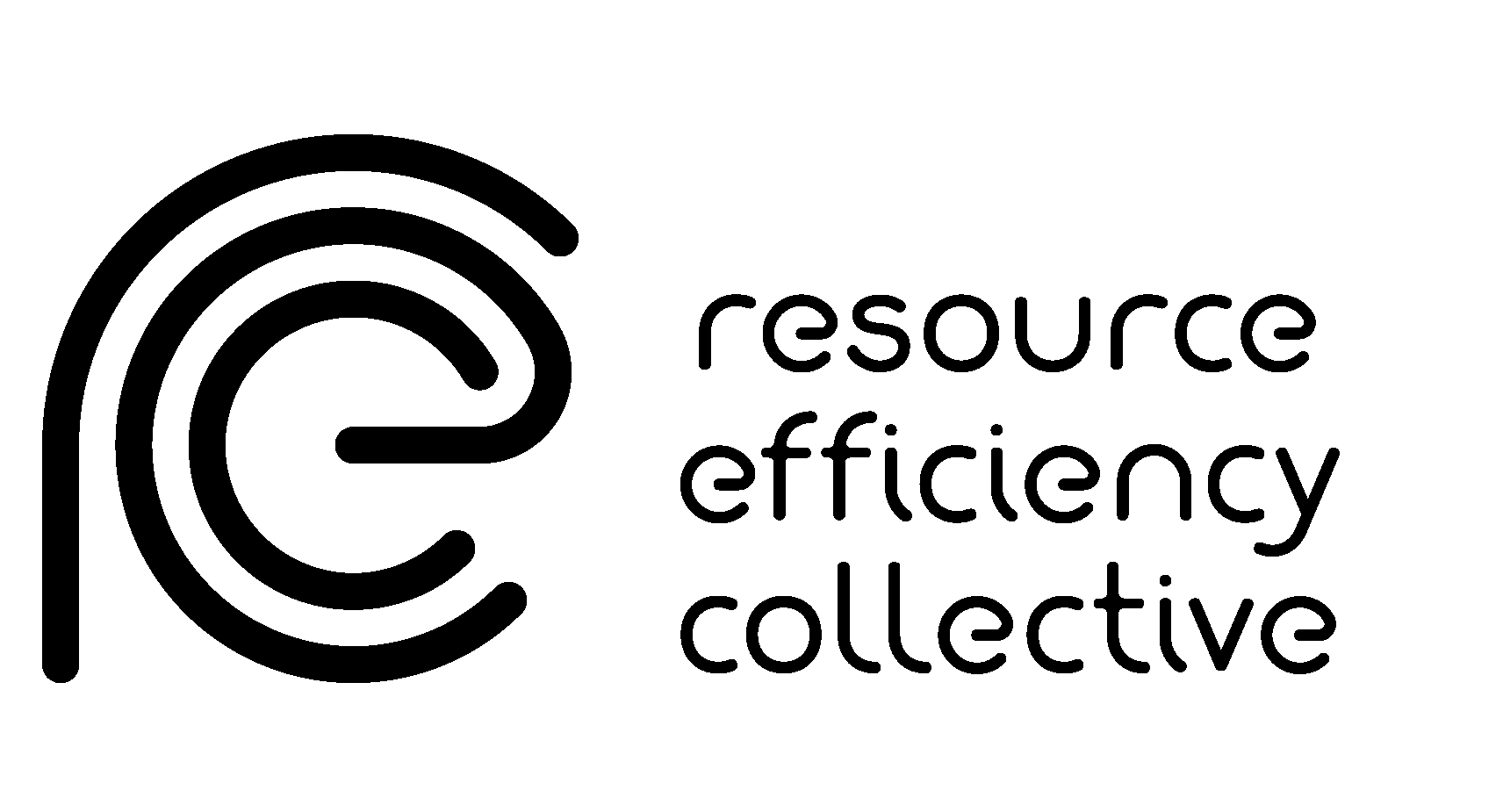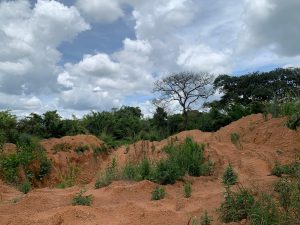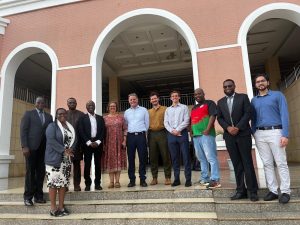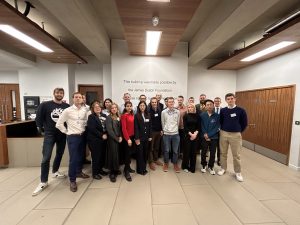Reflections on COP26
In the months that preceded COP26 in Glasgow, the news, official reports, and new research being published would make even the most optimistic lose hope that significant measures could be agreed on. To achieve the Paris Agreement target of limiting global temperature increase by 1.5°C, a 45% reduction in GHG emissions relative to 2010 levels is required by 2030. But a UN report on the newly submitted or revised national determined contributions (NDCs) showed these would lead instead to an increase of 16%. In September 2021, key players at the summit, such as the UN, the UK and the US, had already conceded that COP26 would probably not fulfil its aims. So, as I boarded the first of my three trains from Cambridge to Glasgow I had few illusions about the most likely outcome of the negotiations taking place in the Blue Zone. Halfway through my journey, reading that 10,000 people had marched that day in Glasgow for the Youth Strike, I couldn’t help but feel inspired and overflowing with a candid sense of optimism.
COP26 was tainted by a deeper divide between the countries of the global south and those of the global north. In a clear setback to climate justice, thousands of campaigners, observers, and representatives from the global south, the people at the frontline of the climate emergency, were unable to attend the summit. Difficulties in obtaining visas, the organisation’s failure to honour their commitment to offer COVID vaccines to all delegates, constantly changing travel restrictions and quarantine requirements for UK arrivals meant that many of the voices from the most affected regions could not be heard at COP26.
At COP15 (Copenhagen, 2009), poorer countries were promised an annual funding of $100bn until 2020 to help reduce emissions and adapt to the extreme weather events. However, according to the OECD, only $80bn had been provided in 2019. Key to the negotiations during COP26 was the reassurance that richer countries would assume their disproportionate responsibilities in causing the climate crisis and honour their financial commitments.
Many of the devastating impacts from extreme weather events already being faced by developing countries are impossible to prevent or adapt to, putting an enormous strain on these countries’ tight budgets to repair damages caused by a climate crisis for which they have contributed the least. The Loss and Damage discussion, that representatives from the global south and climate justice campaigners brought to Glasgow, called for compensation or reparation from developed countries. Although a key issue for developing countries, it faced great opposition from the global north countries. The setting up of a database and communication reporting system – the Santiago Network – for a deeper analysis of the climate impacts was agreed upon, but the negotiation went no further than that.
The main conclusions from the Glasgow Climate Pact left many observers and campaigners feeling frustrated. In the early days of the event, countries pledged to stop deforestation by 2030, an achievement which was highly celebrated by the organisation. However, the non-binding character of the agreement was considered by campaigners and NGOs a continuation of the soft pledges tradition of COP summits. Appalling levels of rain forest destruction, and the consequent impacts to climate change and loss of biodiversity, have put the discussion over projects to preserve and restore natural carbon sinks such as forests, peatlands, and wetlands, under the spotlight. Nonetheless, despite its undeniable importance, the discussion around nature-based solutions has been called out as a distraction from the big elephant in the room: the need to cut fossil fuel use.
The burning of coal is both the largest source of electricity generation and the largest single source of CO2 emissions, and thus, phasing out coal is crucial to stay within the 1.5 °C warming limit of the Paris Agreement. Despite the ambition to include the phasing out of coal in the Climate Pact, the initial text ended up being watered down due to pressures from major coal producers and consumers. In the final version, the signatories pledged to “accelerat[e] efforts towards the phase down of unabated coal power and inefficient fossil fuel subsidies”. Remarkably, it was the first time a reference to the need to curb fossil fuel use was made since the 1997 Kyoto Protocol.
Perhaps an agreement on phasing down coal, ending deforestation and reducing methane emissions might sound like a reason to celebrate, were not for the fact that all those targets are non-binding. If the past 26 years of COPs have taught us something, it’s that soft pledges tend to result in missed targets. As the clock keeps ticking, incremental changes are no longer an option, and maybe the time has come to rethink the COP model.
If COP26 fell short of delivering the concrete measures the world so urgently needs, outside, in the streets, it was inspiring to see that the climate justice movement was in full force. It was as if campaigners and organisers had taken the halting of public mobilisation forced by the pandemic to regroup, learn, and strategise. The movement had grown stronger, bringing together different global struggles. Over 150,000 people took to the streets in Glasgow at the Global Day of Action for Climate Justice, with more than 800 actions taking place throughout the world, demanding action from world leaders. My takeaway from those days in Glasgow was that if there is hope of avoiding ecological collapse, it lies with mass movements. Throughout history, systemic changes were always conquered through strong social mobilisation. This time isn’t different. Scientists and researchers should cherish and support the momentum that the climate justice movement is gaining.
Photo credit: Markus Spiske













